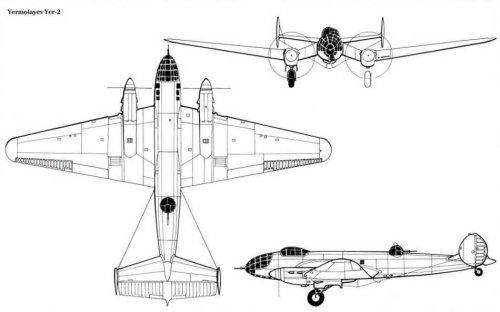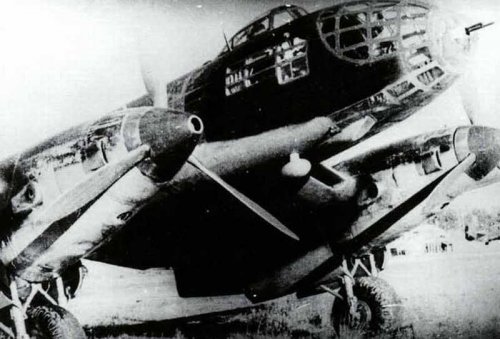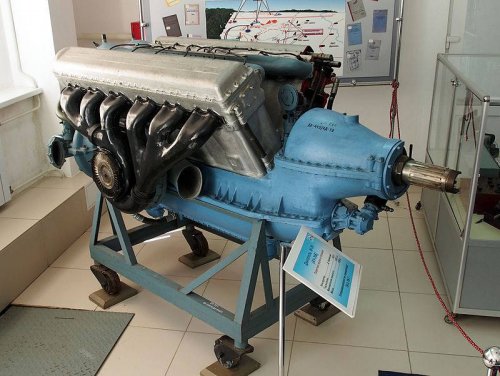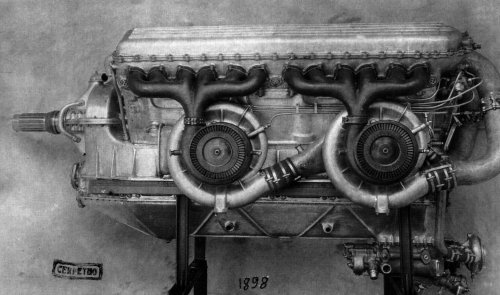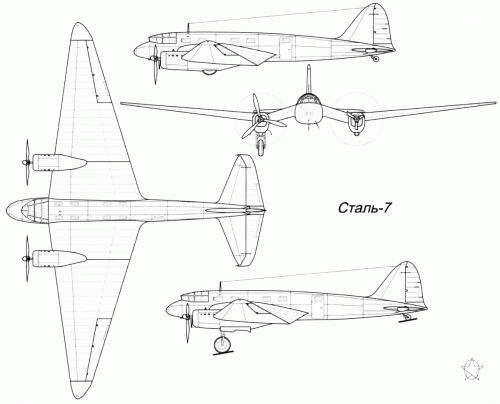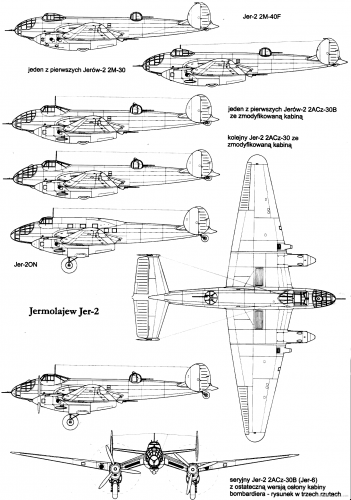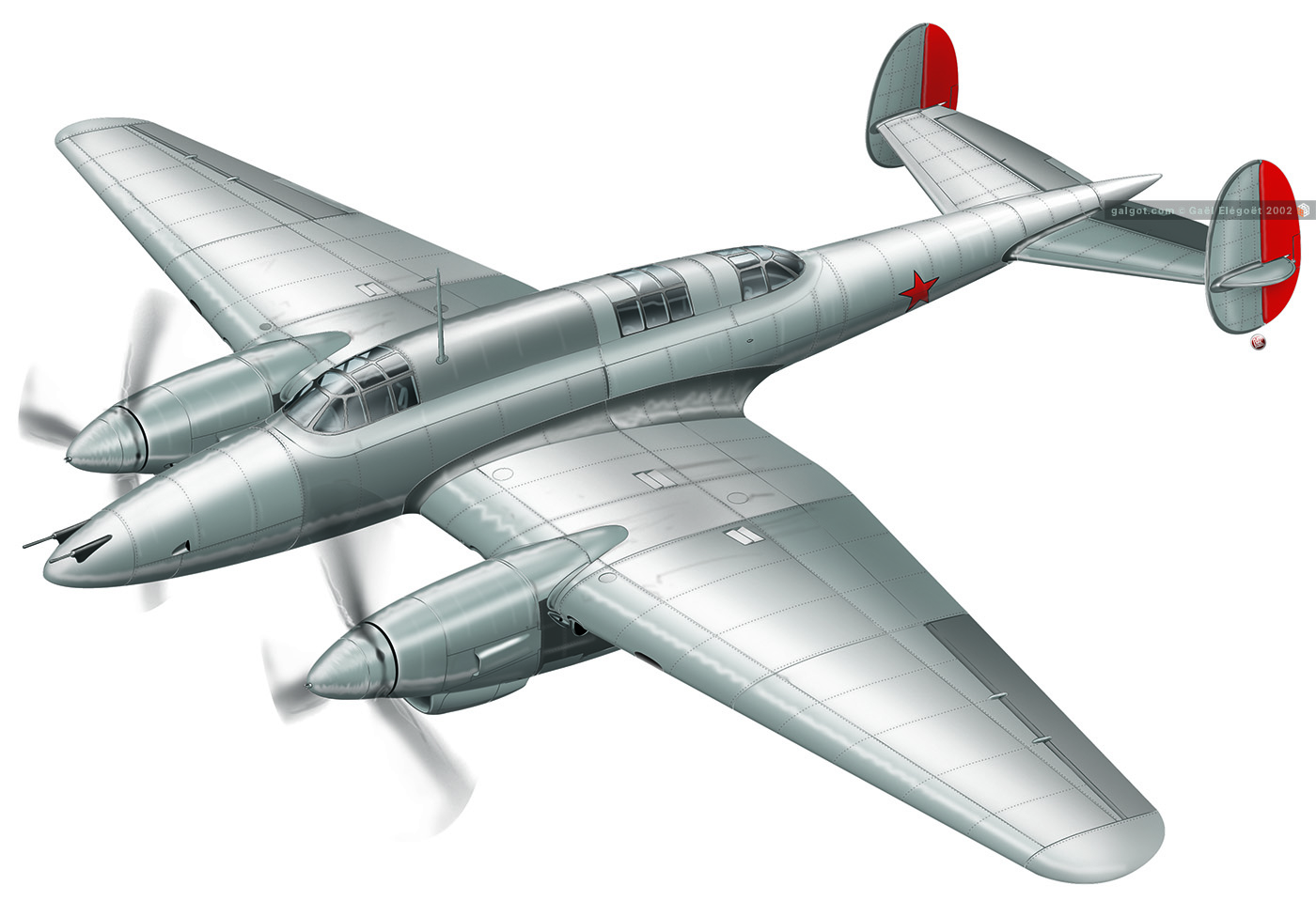hesham said:
Hi,
here is the Yermoleav Yer.2 origins and variants,from Typy Broni.http://www.secretprojects.co.uk/forum/index.php?action=dlattach;topic=9116.0;attach=361531;image
Hi!
Yermolayev Yer-2.
https://en.wikipedia.org/wiki/Yermolayev_Yer-2
General characteristics
Crew: four, Length: 16.42 m (53 ft 10½ in), Wingspan: 23 m (75 ft 5½ in), Height: 4.82 m (15 ft 10 in), Wing area: 79 m2 (850 ft2)
Empty weight: 10,455 kg (23,049 lb), Gross weight: 18,580 kg (40,961 lb)
Powerplant: 2 × Charomskiy ACh-30B V12 diesel engines, 1,118 kW (1,500 hp) each each
Performance
Maximum speed: 420 km/h (261 mph), Range: 5,500 km (3,418 miles), Service ceiling: 7,200 m (23,620 ft)
Armament
1 x 12.7 mm UBT machine-gun in nose flexible mount.
1 x 12.7 mm UBT machine-gun in ventral flexible mount.
1 x 20 mm ShVAK cannon in a TUM-5 dorsal turret.
Up to 5,000 kg (11,023 lb) of bombs in the internal bomb-bay.
Yer-2 tested Charomskiy M-40 turbo charged diesel engine.
No.3 picture shows Charomskiy M-40 turbo charged diesel engine without intercooler and mechanical supercharger?
Source : http://prologue.blog.naver.com/PostThumbnailView.nhn?blogId=naljava69&logNo=60155426742&categoryNo=8&parentCategoryNo=0
Charomskiy M-40 turbo charged diesel engine. (cuatro turbos!?

)
https://en.wikipedia.org/wiki/Charomskiy_M-40
"A boosted version, the M-40F, was tested in the Summer of 1940 and was approved for production the following November, although only a small batch was built in 1941.
It was evaluated in a Yermolaev Yer-2 during 1941, but not accepted for use."
Bartini Stal-7, Ver-2's base.
https://en.wikipedia.org/wiki/Bartini_Stal-7
ACh-30 engine.(without intercooler and mechanical supercharger!?)
https://en.wikipedia.org/wiki/Charomskiy_ACh-30
More pictures.
http://s567.photobucket.com/user/souzacarlos/media/01-4.jpg.html?t=1244291113
Bottom drawing shows non turbocharging engine with outboard wing radiator type.
